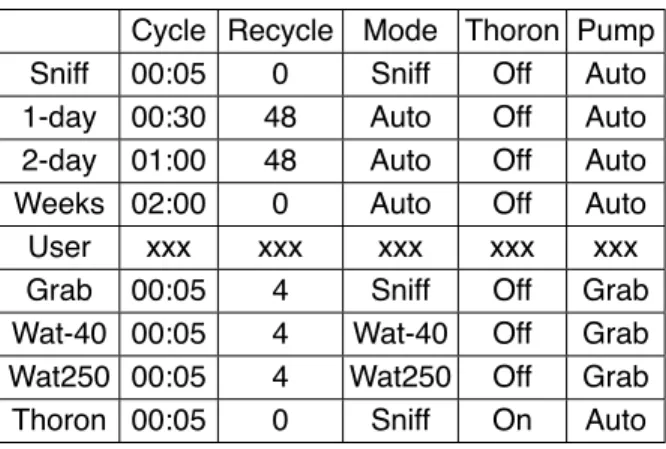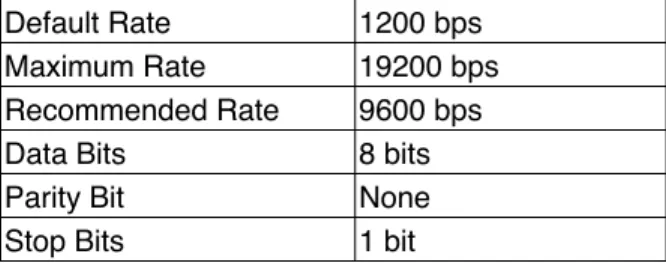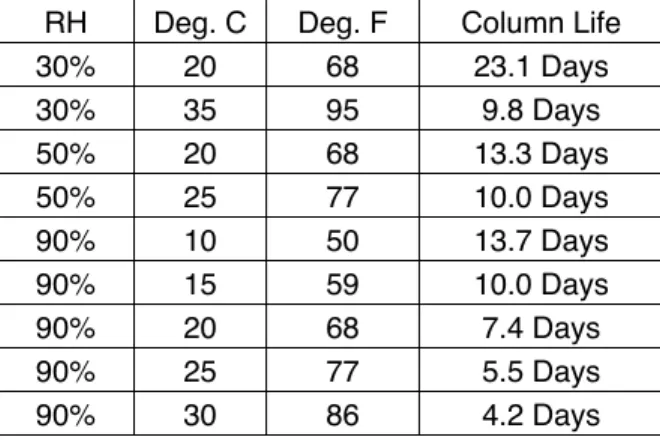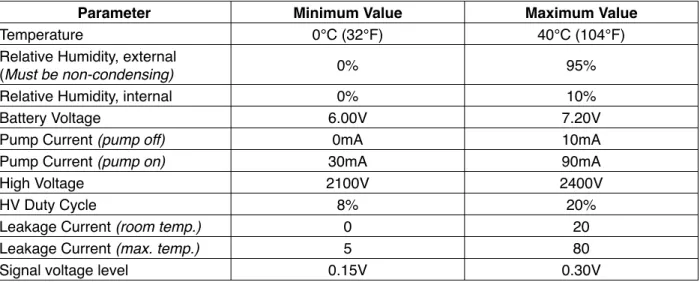RAD7 RADON DETECTOR
Volltext
Abbildung
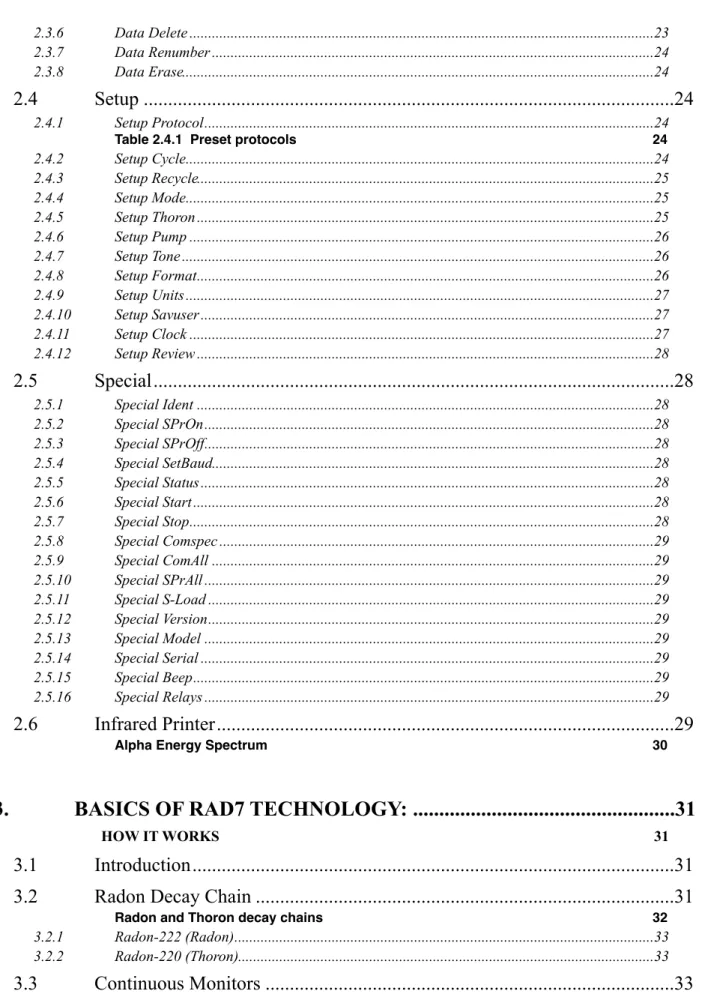
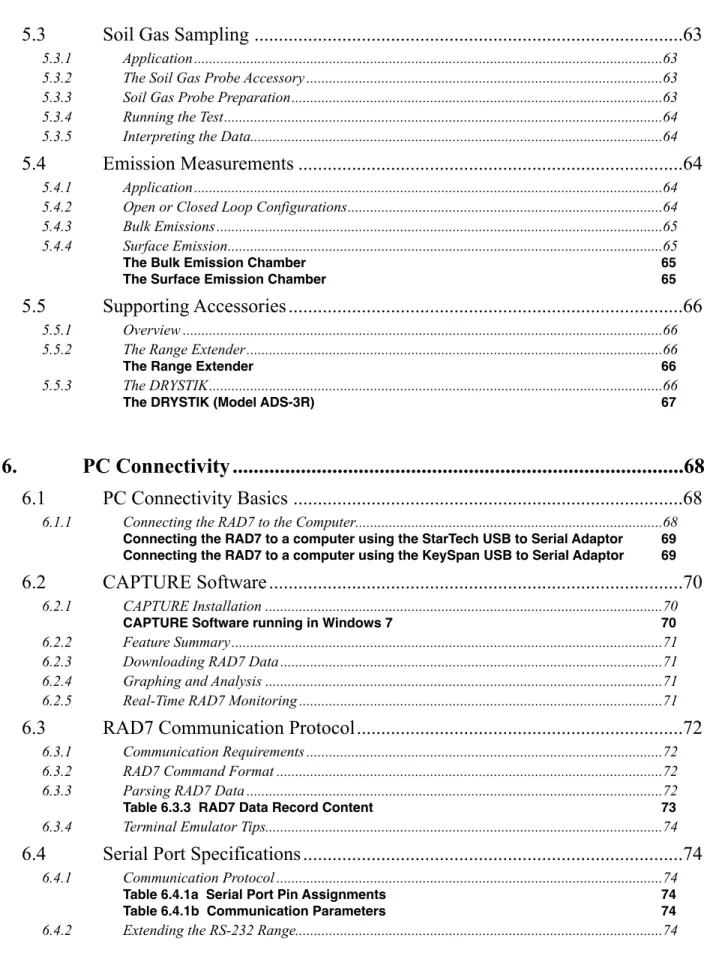

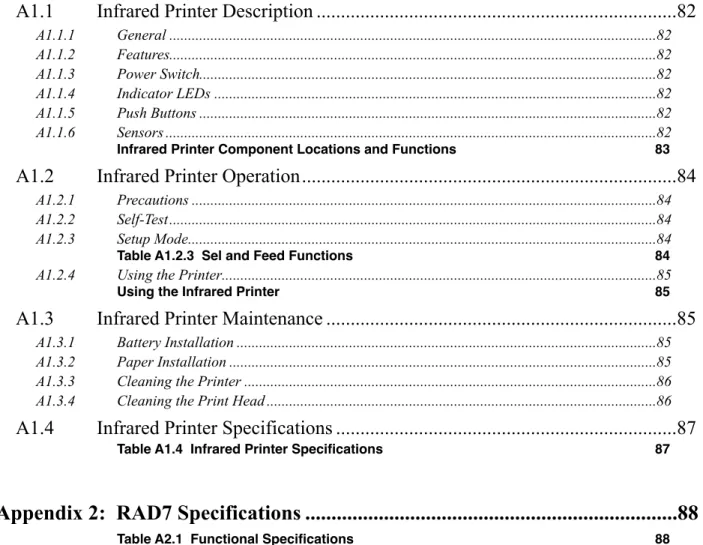
ÄHNLICHE DOKUMENTE
FIGURE 9 | Diurnal composite (A,B) radon, and (C) ozone distributions, for days containing periods of katabatic, coastal and oceanic fetch at DDU, based on absolute humidity in
Top branches of spruces a well exposed to the electric field and collect the radon daughters from the air.. Method: The top needles of spruces under HV line were picked and
Using high yield steel fixtures and rollers ( y 2000 MPa) and testing high strength ceramics, these contact stresses limit the outer span length to about 12 mm... If
Non-goal: don’t start editing or writing the slides
Quelle: Kopiervorlagen aus Kowanda/SMALL TALK–Seasons and Festivals; © VERITAS-Verlag, Linz 2003, S.. Illustrationen: Alena
erdberührenden Räumen für den permanenten Aufenthalt oder bei Umnutzung von erdberührenden Räumen in Wohn- oder. Arbeitsräume, sowie bei energetischen/thermischen Sanierungen
This mean that without the labor force participation female- male ratios, the employment variables does not solve the gender inequality in Japan.The R-square that explain is
I want to introduce to you the idea of interconnecting the subject-specific online reference service EconDesk 1 of the German National Library of Economics (ZBW) with the
